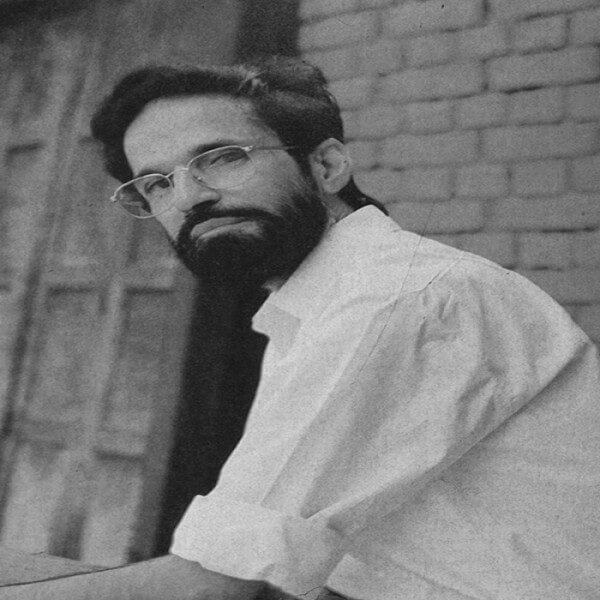Rameshwar Broota
ABOUT
• The painter has won three National Awards of the Lalit Kala Academy during the years 1980, 1981 and 1984,
Painter | India
Born in 1941
Died in 2025

As a young painter Broota's anguish at the suffering he saw all around him and his anger at the greed and corruption in society was forcefully expressed in his early works which are a satirical and pungent comment on the social environment of his times. In his Gorilla Series, that lasted for 10 years, from 1970 to 1979 Broota's deep sensitivity to the crass materialism in society was reflected in the Gorilla Man where he watched the world go by sometimes with revulsion; Sometimes with a sense of humor, and in this period Broota's creative genius gave a new dimension to aesthetics in contemporary Indian Art. Broota's imagery then moved further, embracing the primitive Man that symbolized the universal substance of the human being which did not belong to any place or time. This Man, powerful, tragic and raw stood starkly, like a pillar. It was here in 1980, that he simultaneously found his new technique of carving images by scraping out the layers of flat monochromatic paints with the sharp edge of a broken blade. The discovery was important because he carves out his images, going from one stage to the other without depending on any kind of preparatory sketches on paper. On close examination, his large canvases are infact, immensely intricate monumental drawings. In his present works, Broota has slowly moved into the realm of the timeless- the abstract- where the presence of gross 'Man' has almost metamorphosed into the universal substance, leaving behind and merging with the subtle and tactile surface. In the meticulously but playfully scripted marks, dots and broken lines the artist consciously rejects the limitations of readily readable and recognizable forms and symbols and widens the scope of their meanings giving his work a life of its own. The displacement of the body in its physical strength and solid dimensions by marks indented on the surface of the earth implies a kind of merging with the eternal; the focus in the recent canvases therefore shifts from the time bound to the timeless. The marks, reminiscent or archaeological findings, function as painterly symbols communicating rhythms of time, of man, and of existence. Education:- • Graduated in fine arts from the Delhi college of art in 1963 EXHIBITIONS Broota never had a solo showing of his paintings, by choice, in Delhi, though earlier he had exhibited • in Calcutta in 1984 • Mumbai at Gallery 7 in 1997. AWARDSANDHONORS • The painter has won three National Awards of the Lalit Kala Academy during the years 1980, 1981 and 1984, • the AIFACS Awards in 1973 and 1975 and the • Hyderabad Art Society Award for Graphics in 1976. • He received the Senior Fellowship of the Government of India for the years 1987 and 1988. • He was conferred the L.N. Gupta Memorial Award in 1988. • Title Award 'Kala Vibhushan' by AIFACS in 1997. SHORT FILMS In 1985 he made some experimental Video art films which were shown at Shridharani Gallery in 1987. In 1991 he made Shabash Bete on video with Vasundhara Tewari in a workshop organised by Max Mueller Bhawan.